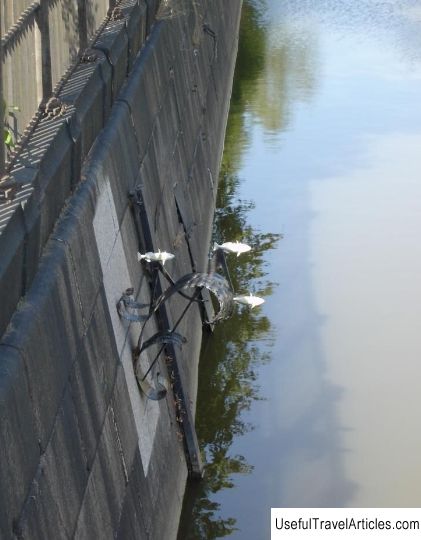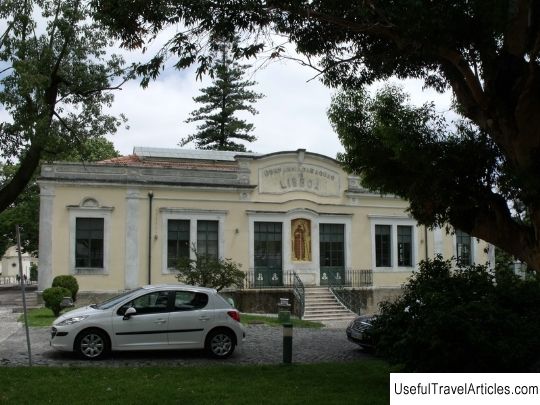Monument to the besieged stickleback description and photos - Russia - St. Petersburg: Kronstadt
Rating: 8,4/10 (1233 votes) 
Monument to the blockade stickleback description and photo - Russia - St. Petersburg: Kronstadt. Detailed information about the attraction. Description, photos and a map showing the nearest significant objects. Photo and descriptionThere is a small fish - stickleback, it is worth noting - not to be confused with smelt. It belongs to the family of fish of the order sticklebacks, there are eleven species. Its representatives have spines in front of the dorsal fin, on the belly there are two needles replacing the pelvic fins; scales are absent. Many species are distinguished by a demonstration of high tolerance to salinity: they live in fresh, brackish and salty waters. Sticklebacks are very gluttonous. In the bodies of water where they penetrate, it is not easy to breed other fish. When you catch a stickleback with a fishing rod, it easily swallows the bait, even a hook without bait. It has no commercial value. In 2005, an unusual monument to a stickleback was erected in the city of Kronstadt, on the wall of the Obvodny Canal, near the Blue Bridge. Currently, this monument is the only monument in the world in honor of this little fish. This inconspicuous fish was awarded such a high honor because in the difficult years of the blockade, a large number of Leningraders saved from starvation. When food ran out, and there was no larger fish in the vicinity, the inhabitants of Kotlin Island (the city of Kronstadt) fished stickleback with nets, because through any nets this small fish slipped into the water. In conditions of terrible hunger sticklebacks ground into minced meat seemed to be a true delicacy. The cutlets were fried in bright orange fish oil, which was obtained from it. A unique culinary delight was considered a fish soup, which was cooked from stickleback and to which fish meal was added. It was to this fish that a monument was erected in Kronstadt, on which verses were carved, dedicated to her by local residents. The blockade always bring flowers to the small monument. Also fishermen often drop in here. They believe in the omen: if you visit a stickleback before fishing, it will bite just fine. Stickleback is very useful in modern times and continues to serve people. Its fat is added to weight loss products, in addition, it is used for the production of varnishes, linoleum, and plastics. Interestingly enough, stickleback is, as is commonly believed, not just a trash fish. While the stickleback female lays eggs, the male is engaged in the development of a special secret - mucus. Then he waters the caviar with them and guards it, fanning it with fins. It so happens that the development program in the egg is disrupted, and mucus gives it an order for self-destruction - apoptosis. In addition, stickleback flour is used both as a treatment for stress after fights with other males, and for wound healing. Perhaps in the near future, mucus will be used in the treatment of trophic ulcers, boils, psoriasis and even in oncology.         We also recommend reading Vilhena Palace description and photos - Malta: Mdina Topic: Monument to the besieged stickleback description and photos - Russia - St. Petersburg: Kronstadt. |




